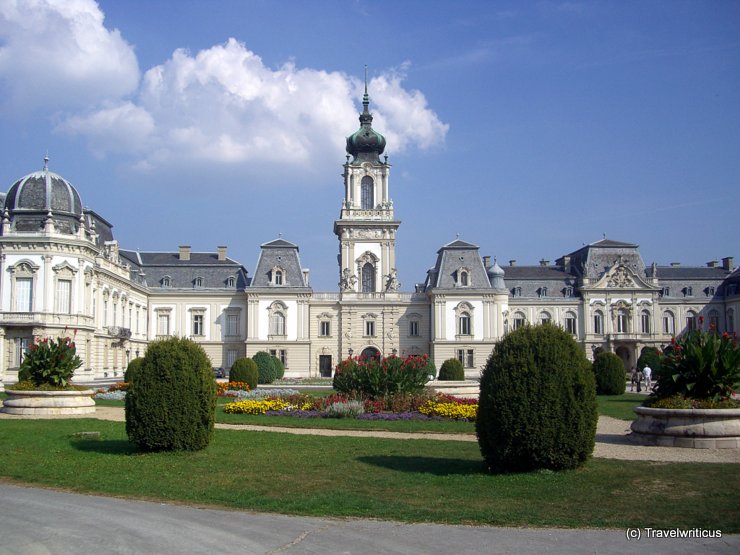
On a sunny day in the fall, I visited Festetics Palace (Festetics-kastély) near Lake Balaton in Hungary. On my walk through the Baroque Palace, I had the chance to see the famous Helikon Library.
You only see what you know (Goethe)

On a sunny day in the fall, I visited Festetics Palace (Festetics-kastély) near Lake Balaton in Hungary. On my walk through the Baroque Palace, I had the chance to see the famous Helikon Library.
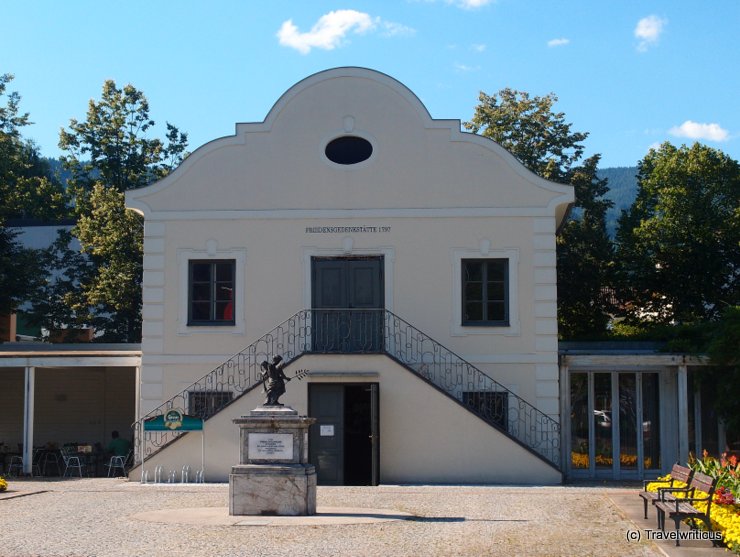
In this summer house formerly owned by Josef von Eggenwald (Eggenwaldsches Gartenhaus), the Peace Treaty of Leoben was signed between the Holy Roman Empire and the First French Republic on April 18th, 1797. This signing was an important event at the end of the “War of the First Coalition”. [German]
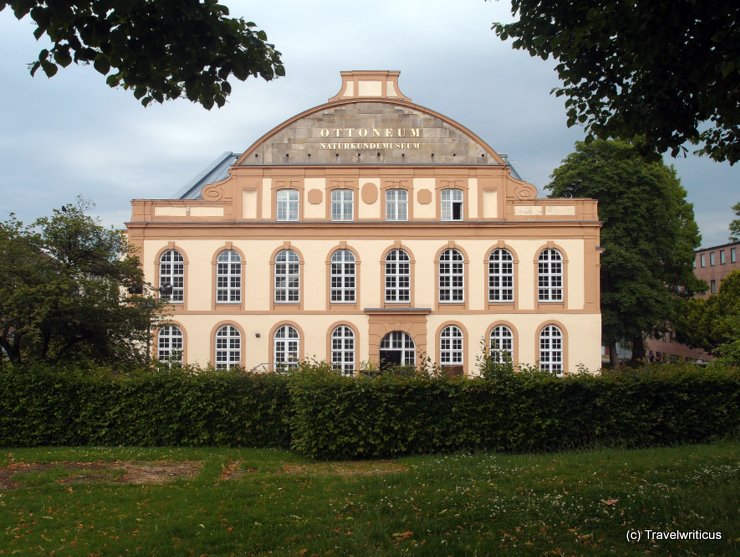
The building was erected as a theatre by architect Wilhelm Vernukken in 1603/1606. The commissioner was Landgraf Moritz, who named the Ottoneum after his son Otto. Today, a natural history museum is housed here. [German]
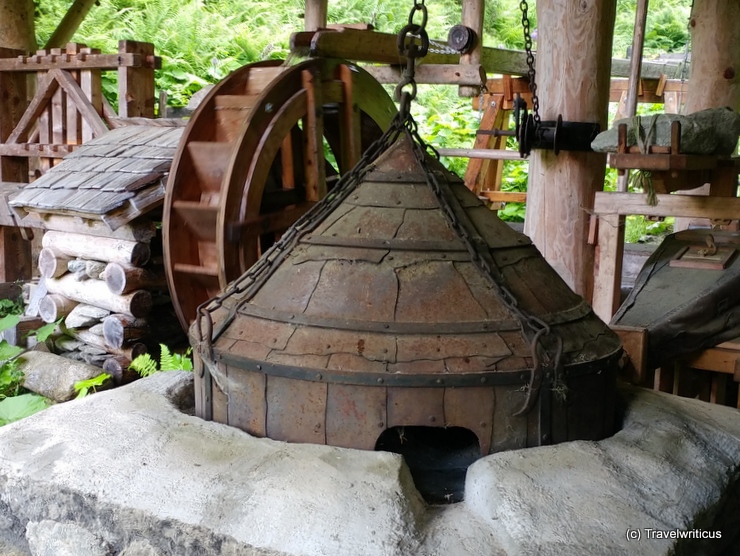
The Knappenwelt (Pitmen’s World) in Angertal is an open-air museum about the late medieval gold and silver smelting in the Gasteinertal area. It is a station of the Via Aurea, which focuses on gold mining in the Austrian Tauern mountain ranges. [German]
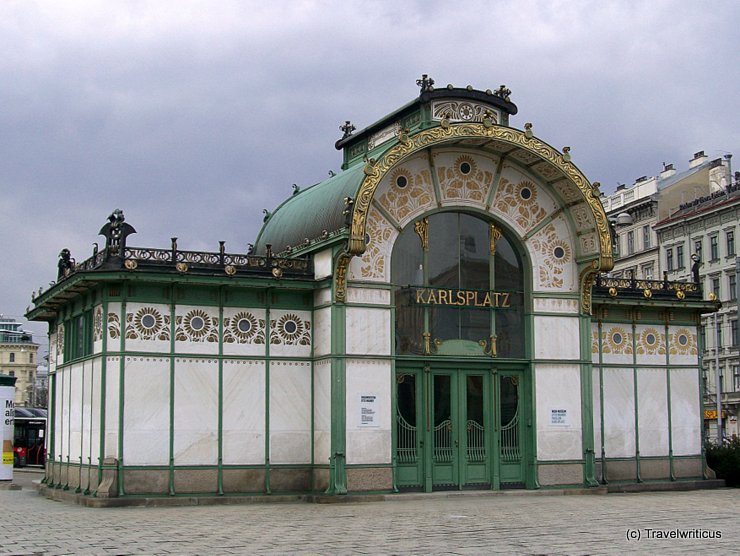
This Art Nouveau pavilion dates back to 1898. Architect Otto Wagner designed it as a station building for the Viennese Metropolitan Railway (Wiener Stadtbahn). Today the Otto Wagner Pavillon houses a museum about this famous urban planner.
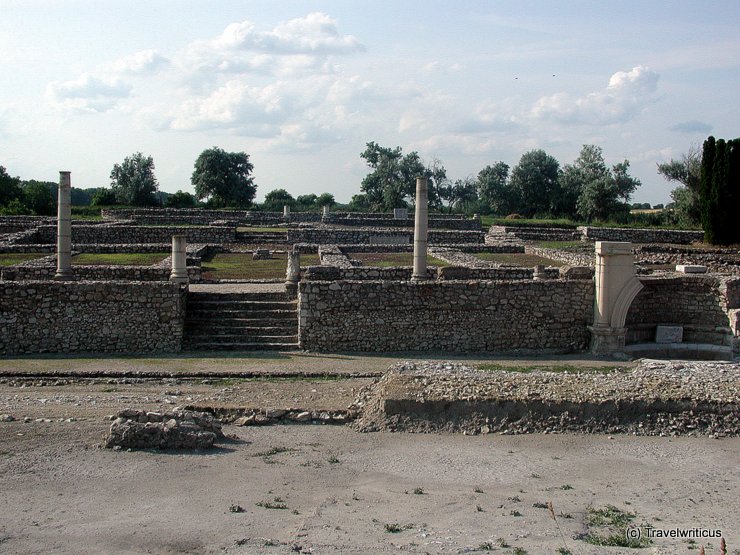
The Gorsium Archaeological Park near Tác tells about life in this region during the ancient age. The Roman influence started here with a fort protecting a road junction and a ford of the Sarviz River in the middle of the 1st century. [German]
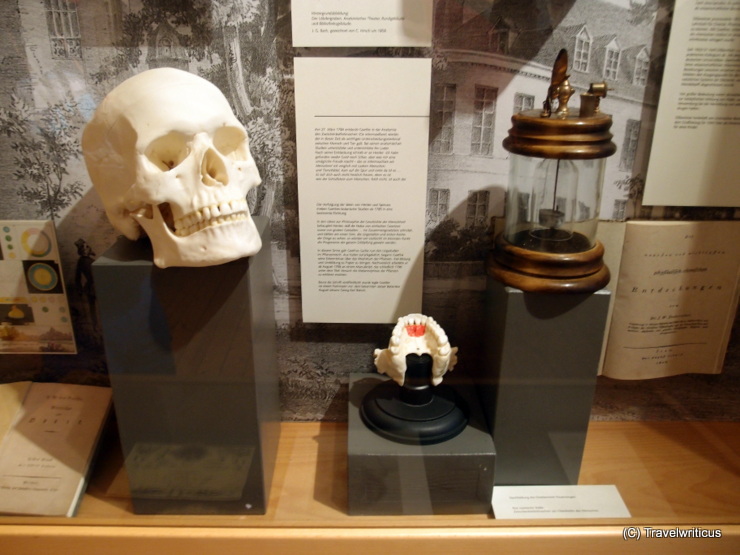
This showcase in the Romantikerhaus in Jena recalls that Johann Wolfgang von Goethe also worked as a scientist. For example, he dealt with the incisive bone. Contrary to his assumption, he was not the discoverer of this bone. [German]
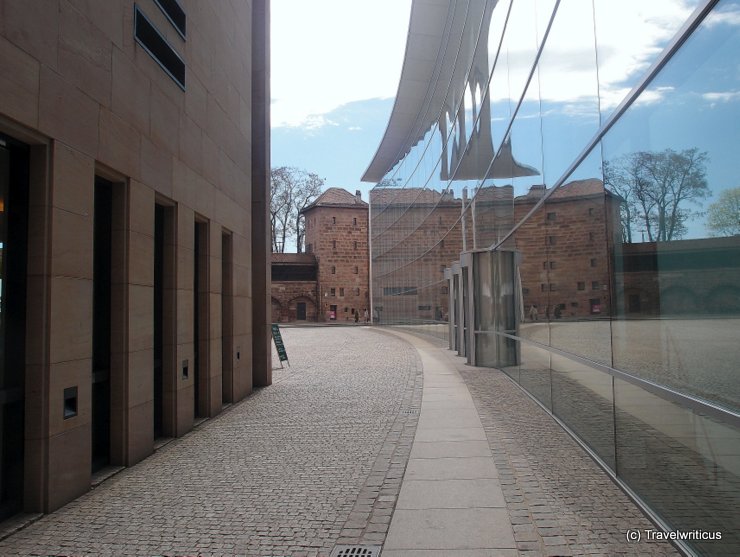
In Nuremberg, there is some modern architecture inside the medieval town walls. As a result, the glass façade of the Neues Museum reflects the city wall like a mirror. By the way, the museum shows pieces of contemporary art and design.
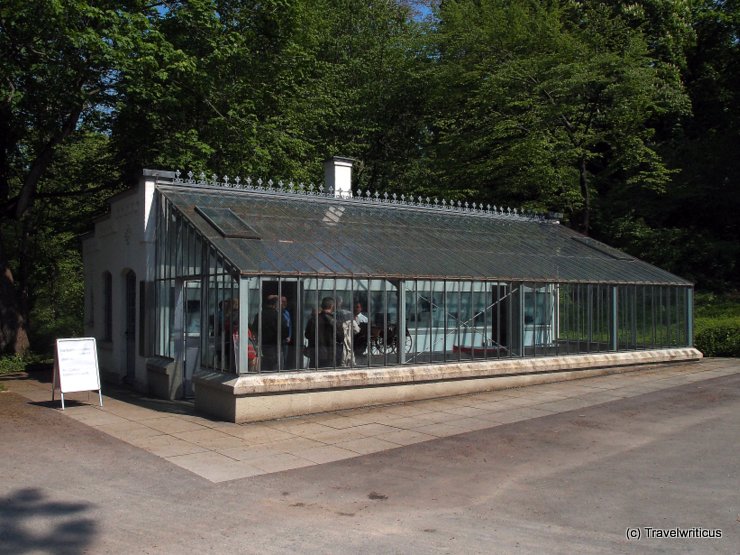
This garden house, owned by Gottlieb Daimler, housed the workshop and testing station where Gottlieb Daimler and Wilhelm Maybach used to work on their latest inventions.
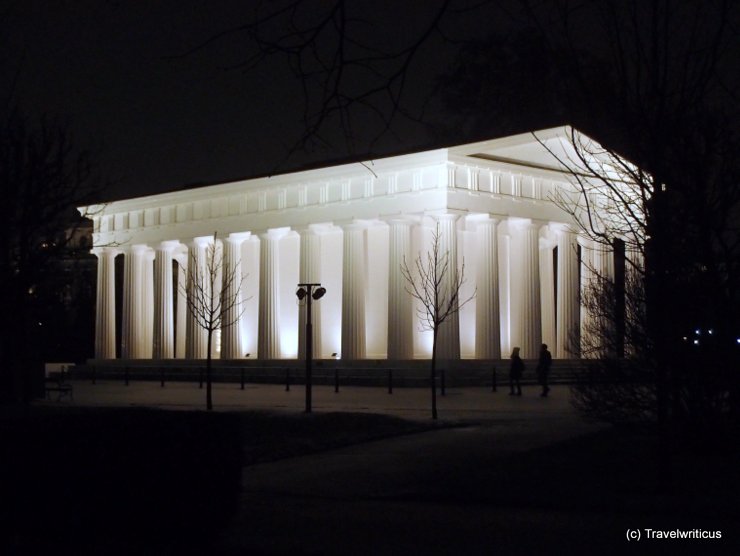
It is not visible from the Wiener Ringstraße. Only those who enter the public park named Volksgarten suddenly find themselves facing a piece of Greek antiquity. Of course, it isn’t ancient. The Theseus Temple is a classicistic building from the years 1819/23. [German]
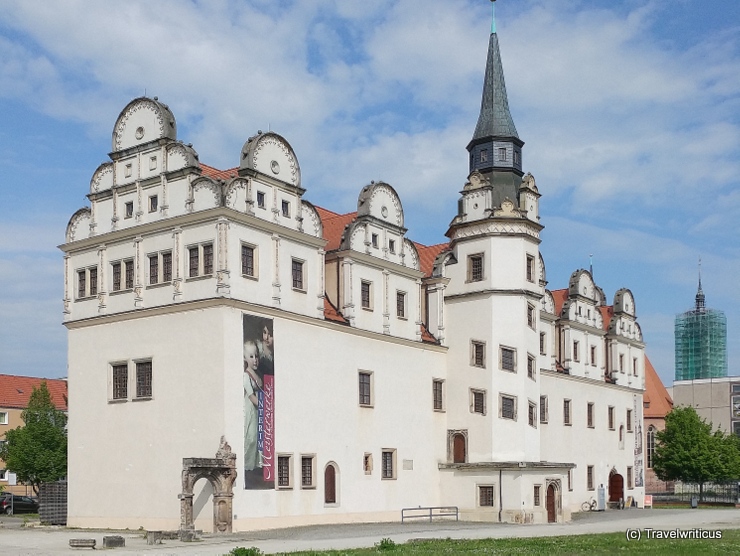
The Residenzschloss Dessau, a palace in the style of the Early Renaissance, lost many of its parts during World War II. The remaining wing, the Johannbau, houses the Museum für Stadtgeschichte (Dessau City Museum). [German]
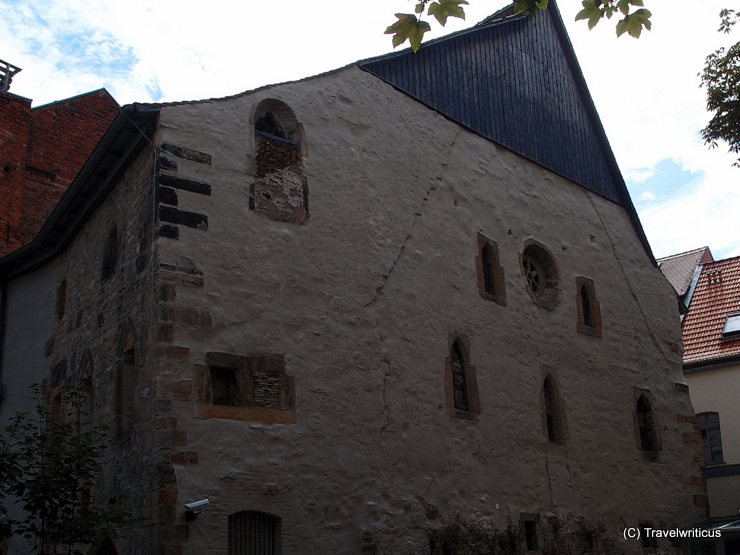
The Old Synagogue in Erfurt is considered the oldest synagogue in Central Europe that has been preserved up to its roof. Some parts of it date back to the 11th century. Its cellar houses the famous Erfurt Treasure found near the synagogue.